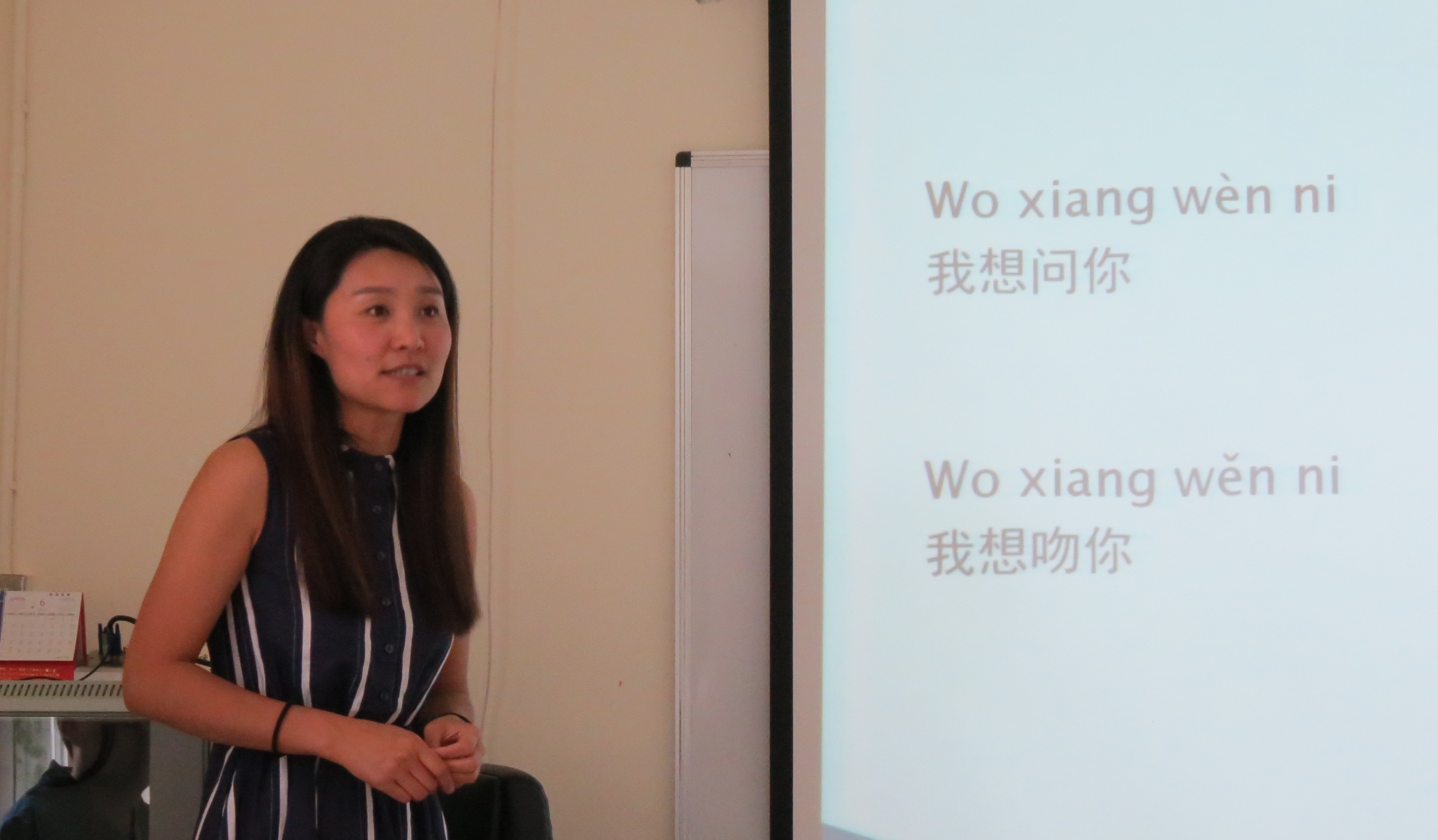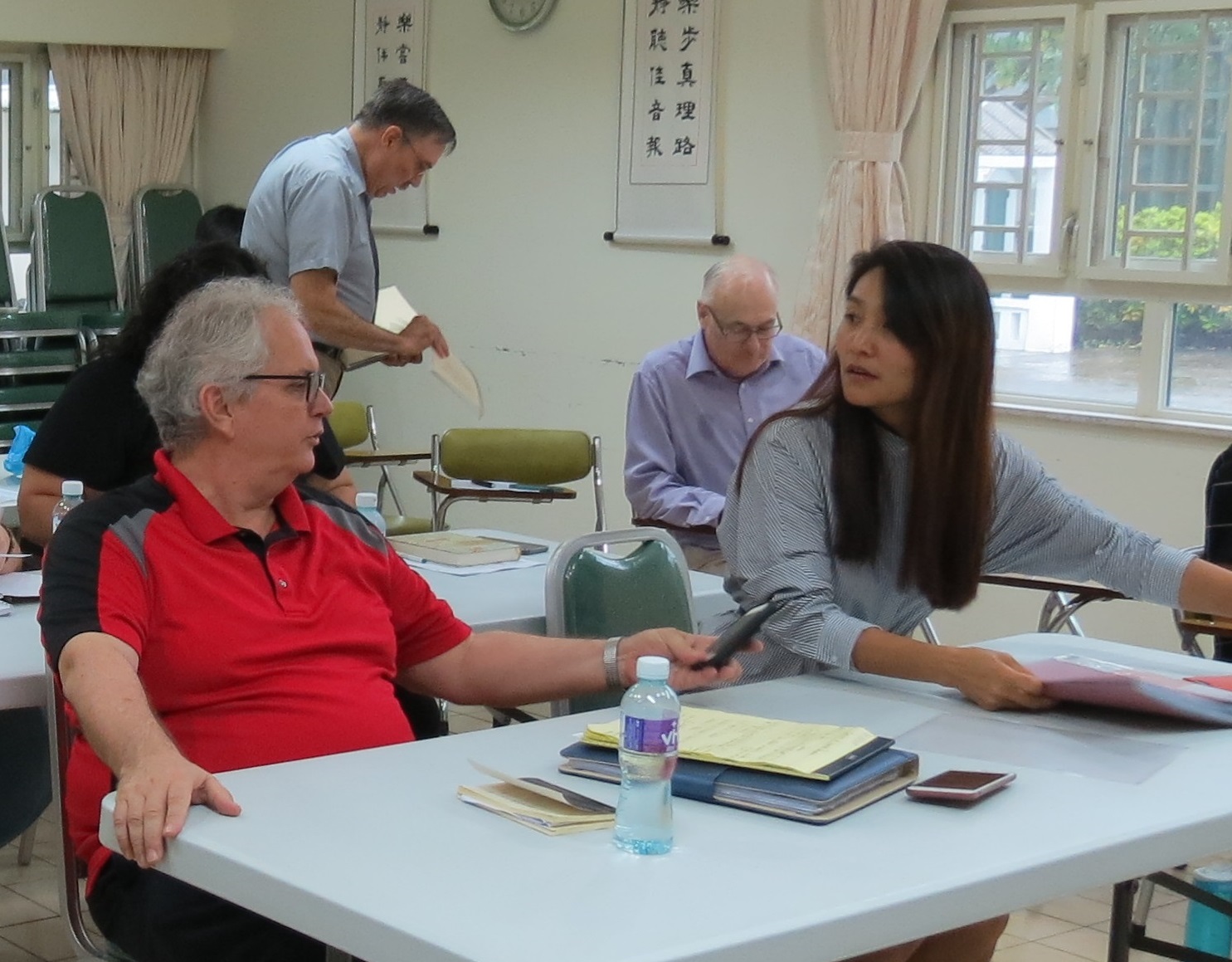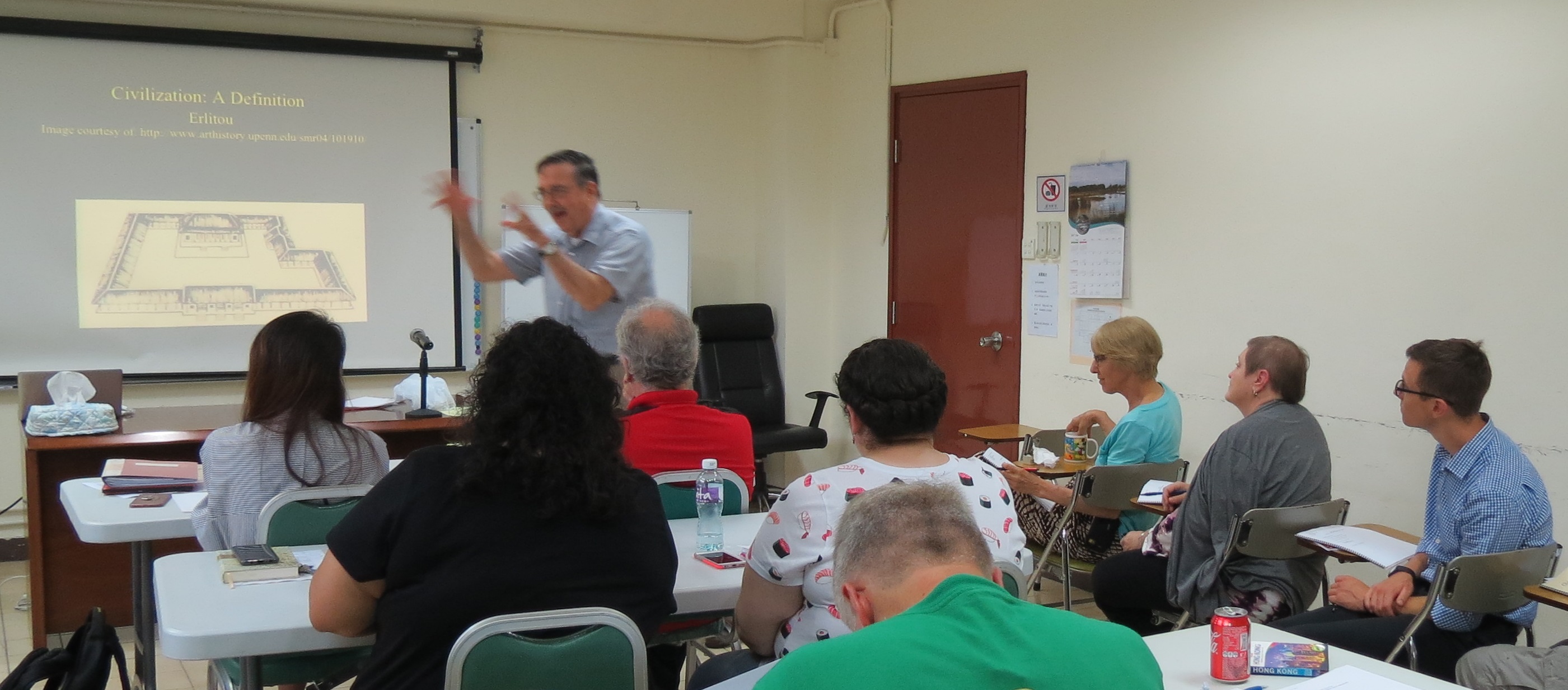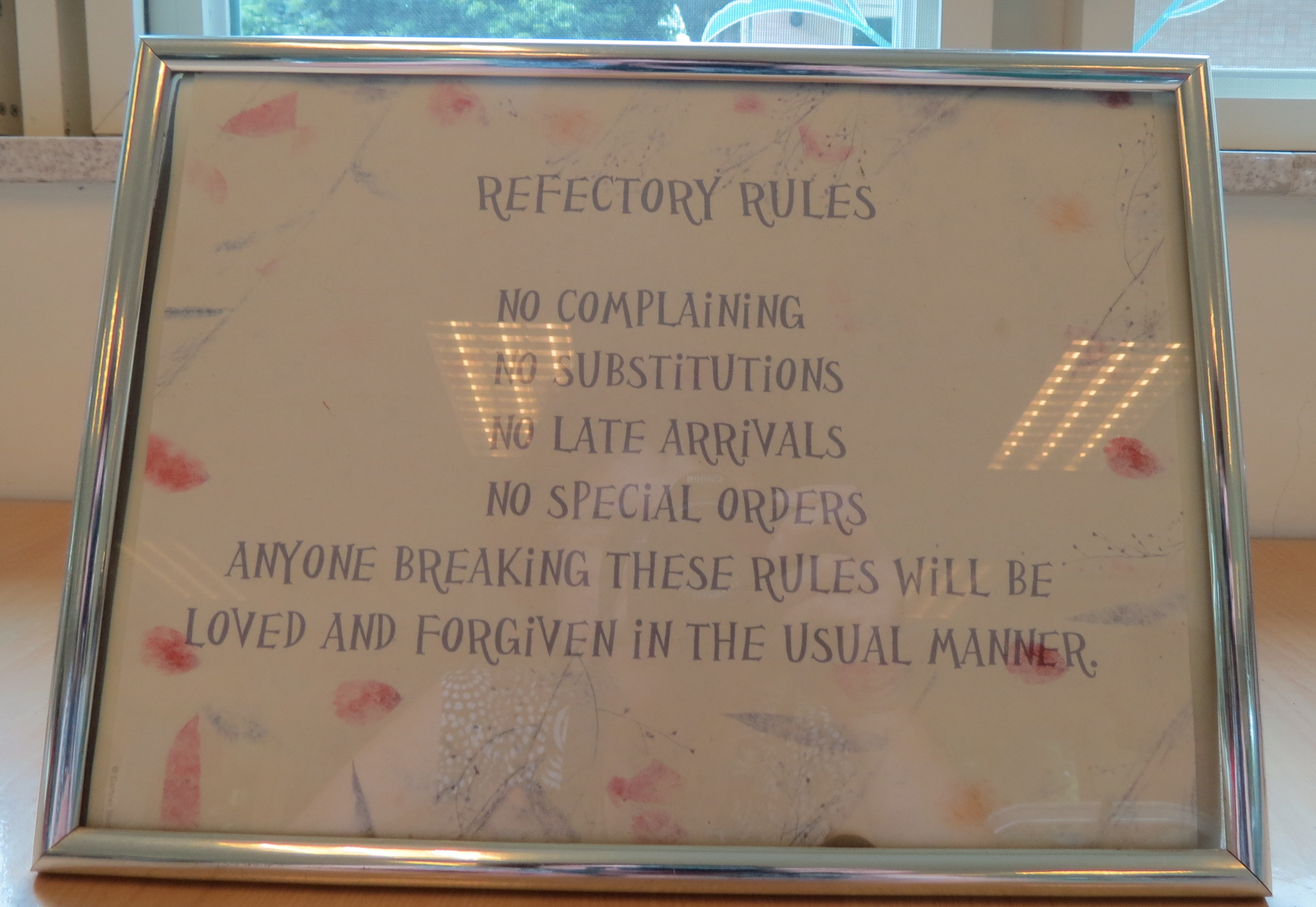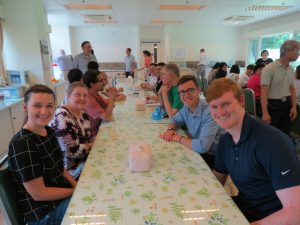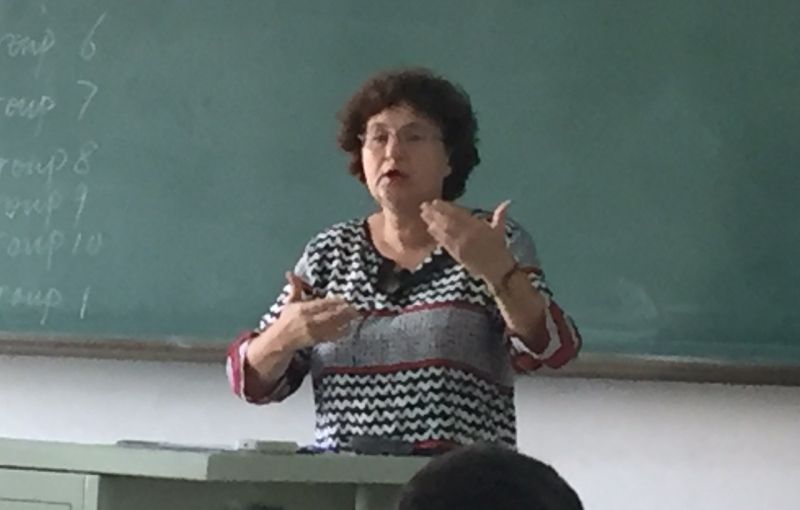A reader posted the following comment, which is important enough that I’d like to address it here rather than as a reply: Are teachers busy planning in the evening? Is there a particular instructional style and curriculum that teachers follow? I didn’t get a sense that there are many ESL teachers in the group. Is there a focus on teaching during the training on teaching English as another language?
China, as well as other Eastern countries, has long desired and required that their students study…and master…English. For the last generation or more, it has been a widespread belief that you cannot learn English properly unless you are taught by a native English speaker. This has translated to actual policy in many places, such as Taiwan and Hong Kong, where every school is required to have at least one Native English Teacher (NET) on staff. In too many places, all you need to teach is a bachelor’s degree and “native” status, that is, first language English and coming from the UK, US, Australia, Canada, or South Africa. Oh, and you must be Caucasian (though the schools will not tell you so, this is understood to be a given).
As you might guess, this kind of thinking disregards the level of English knowledge, let alone teaching knowledge, that the NET may bring with him. Hence, the value of the instruction being offered to the students is sometimes questionable. Further, non-native teachers (that is, Chinese or other Asian nationals) who have been properly trained as teachers of English are often both better qualified than the NETs and at a disadvantage when it comes to hiring. How many average Americans can name all 12 tenses in English? The Chinese teacher can. How many Americans (or Brits) can use the International Phonetic Alphabet? The Chinese teacher — and his students! — can.
Thankfully, non-native teachers are starting to band together to bring this too-common disparity and, yes, discrimination into the spotlight. For example, take a look at teflequityadvocates.com.
I do personally think there is tremendous value in using NETs — first, in short-term programs like this one where the emphasis is on developing and refining conversational fluency and exactitude of pronunciation, and second, as an adjunct or enrichment piece to understanding the Western/Anglo mindset. After all, language study is all about communication, but communication is more than language study. The NET can provide cultural information that the non-native teacher often cannot.
That said, you don’t belong in a classroom unless you have some idea how to teach. This is, I think, where the NET scheme too often breaks down. In the case of our Maryknoll program in China, I think a real effort has been made to choose people who can bring a educational background. About half of our teachers have experience in school administration, special needs or counseling situations, or they are recent college grads themselves. A couple are full-time teachers (both bilingual), while another has many years of tutoring adults behind him. I am the only one with any explicit TESOL background training. I think this group can well serve that second purpose, of offering enrichment to augment the instruction provided to our students by their Chinese teachers during the regular school year.
At the same time, no, we are not given much in the way of guidelines for our classes, or “taught how to teach”. There are some explicit tasks we must accomplish (more about that in a later post), but we have a tremenous degree of freedom in creating our classes. This is a wonderful chance for innovation and experimentation, as well as idea-sharing. Do teachers prepare? I do. But that’s my personality — I always have at least a short outline of what I want to accomplish. Will my colleagues do the same? Honestly, I don’t know.
For me, the freedom to invent is both exhilerating and inspiring. But for anyone unwilling to “take the bull by the horns”, it must be daunting…and would not play out well from the students’ point of view. I think Fr. B and Ms. W have made sure to select people who are up this challenge.


